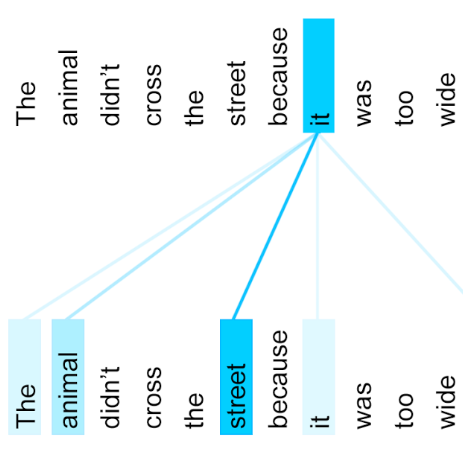The study of attentional processing in vision has a long and deep history. Recently, several papers have presented insightful perspectives into how the coordination of multiple attentional functions in the brain might occur. These begin with experimental observations and the authors propose structures, processes, and computations that might explain those observations. Here, we consider a perspective that past works have not, as a complementary approach to the experimentally-grounded ones. We approach the same problem as past authors but from the other end of the computational spectrum, from the problem nature, as Marr's Computational Level would prescribe. What problem must the brain solve when orchestrating attentional processes in order to successfully complete one of the myriad possible visuospatial tasks at which we as humans excel? The hope, of course, is for the approaches to eventually meet and thus form a complete theory, but this is likely not soon. We make the first steps towards this by addressing the necessity of attentional control, examining the breadth and computational difficulty of the visuospatial and attentional tasks seen in human behavior, and suggesting a sketch of how attentional control might arise in the brain. The key conclusions of this paper are that an executive controller is necessary for human attentional function in vision, and that there is a 'first principles' computational approach to its understanding that is complementary to the previous approaches that focus on modelling or learning from experimental observations directly.
翻译:视觉中的注意力处理研究有着长期和深厚的历史。 最近, 一些论文对如何协调大脑中多重注意力功能的问题提出了深刻的见解。 这些论文从实验观测开始, 作者们提出了可能解释这些观察的结构、 过程和计算方法。 这里, 我们考虑过过去的工作没有作为实验性理论的一种补充方法, 作为对实验性理论的一种补充方法。 我们处理与过去作者同样的问题, 而是从计算范围的另一端, 从问题的性质, 正如 Marr 的Computation level 将规定的那样。 当协调注意力过程时, 大脑必须解决什么问题才能成功地完成我们作为人类所擅长的众多可能的任务之一? 当然, 我们的希望是, 过去的工作方法, 从而形成一个完整的理论, 但是这不可能很快。 我们为此迈出了第一步, 解决了注意力控制的必要性, 检查在人类行为中所看到的任务的广度和计算难度, 并且提出在脑部观察中如何产生注意力控制, 以便成功地完成我们作为人类优秀的实验性任务之一的任务时, 关键结论是, 人类头一个实验性思维的计算方法, 是一个关键结论, 是对先前的实验性分析的计算方法, 。






